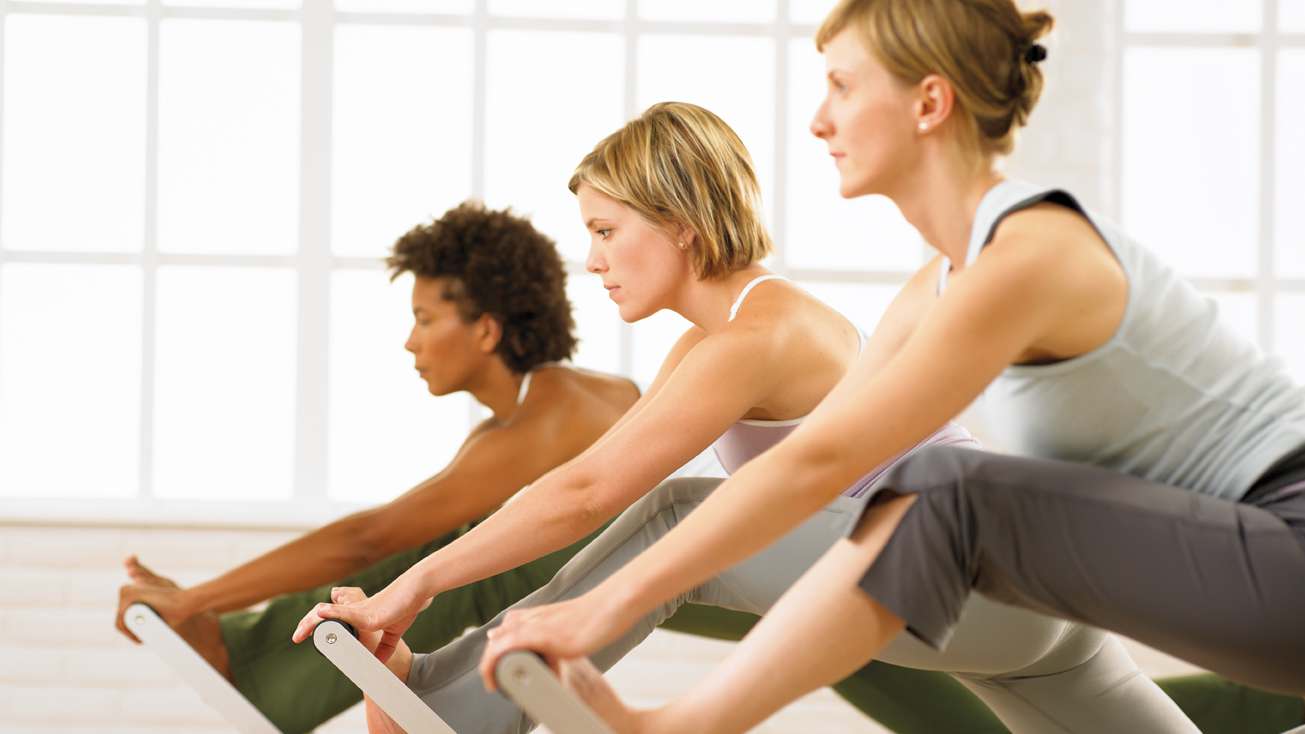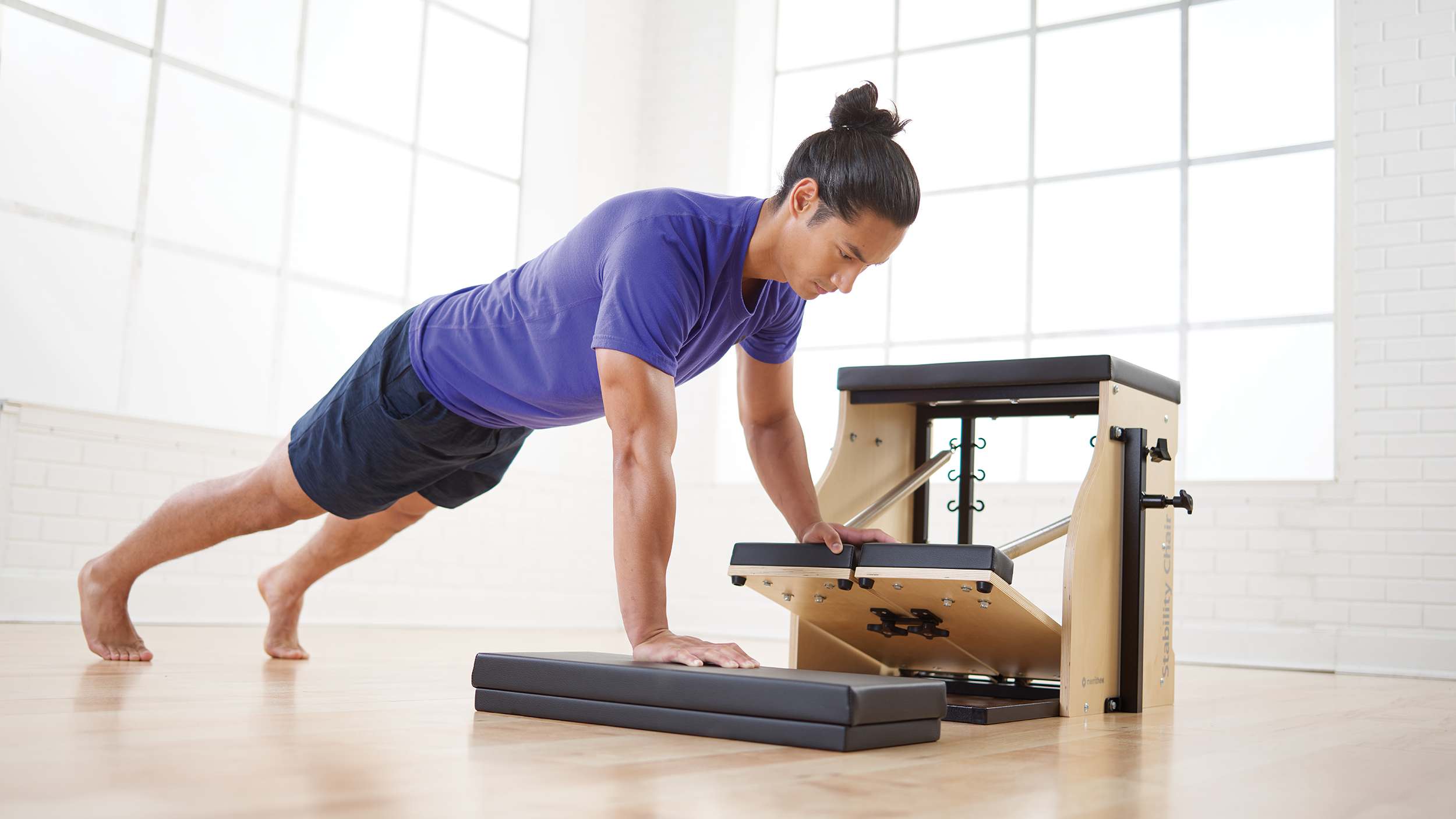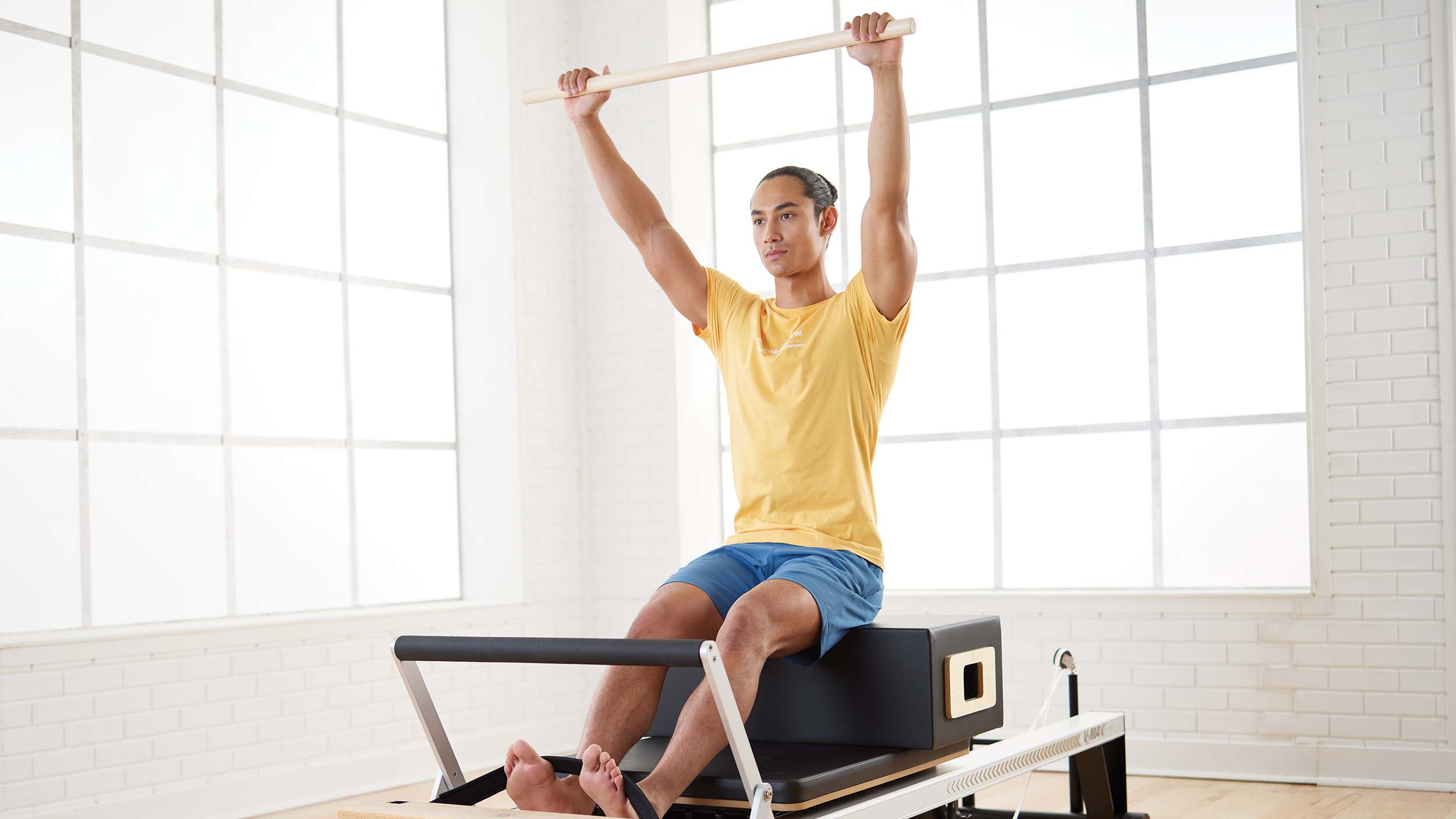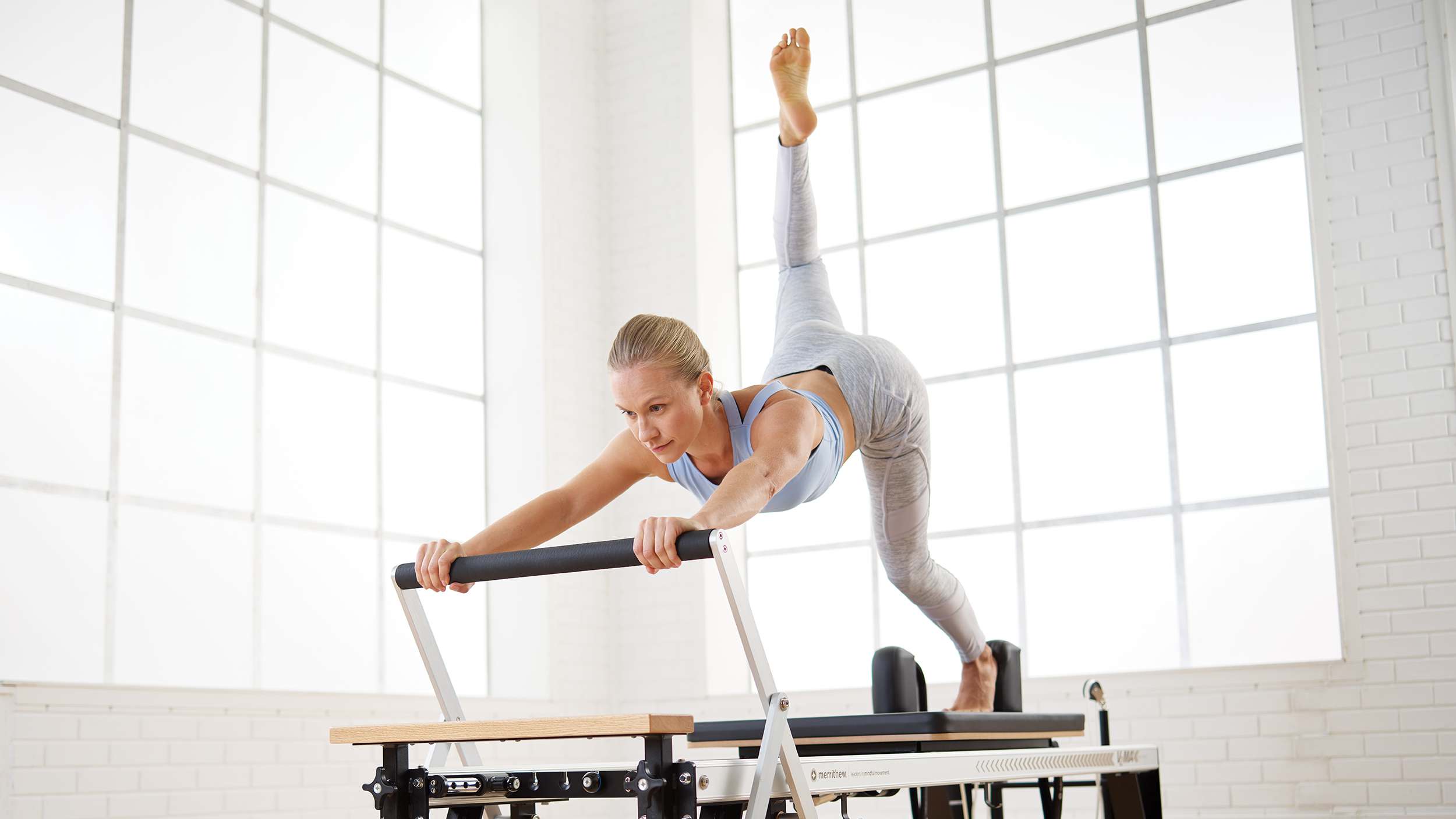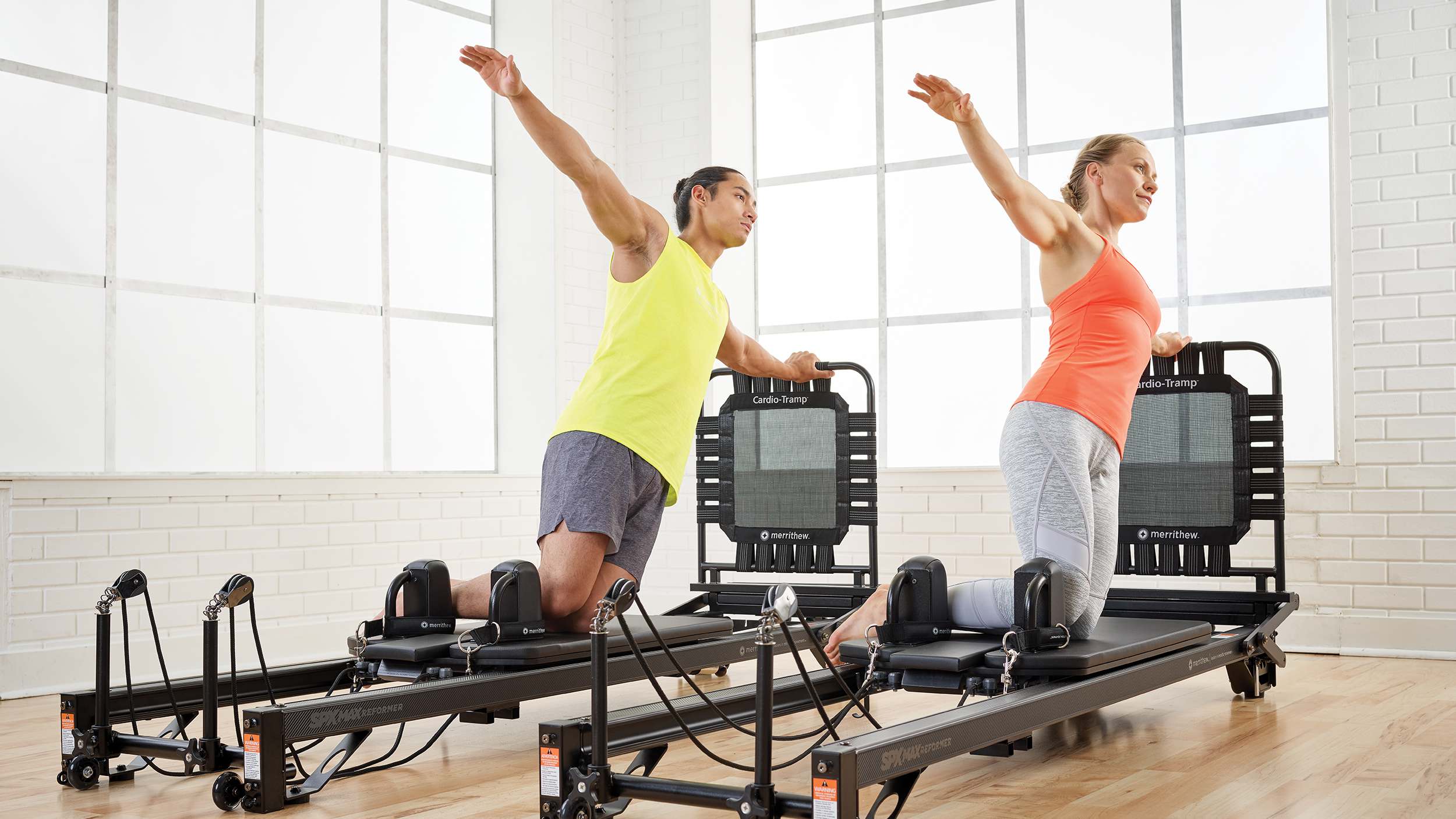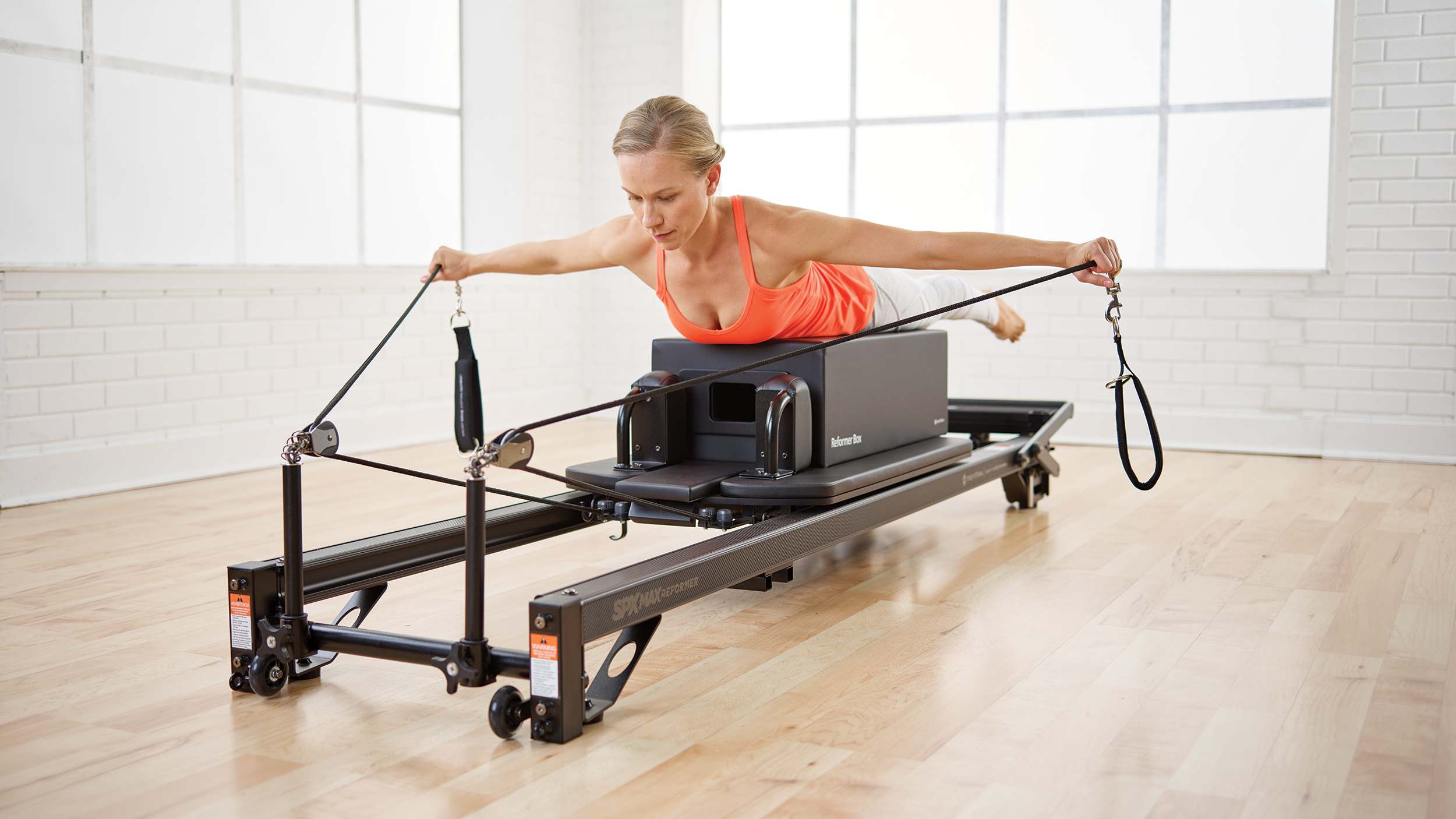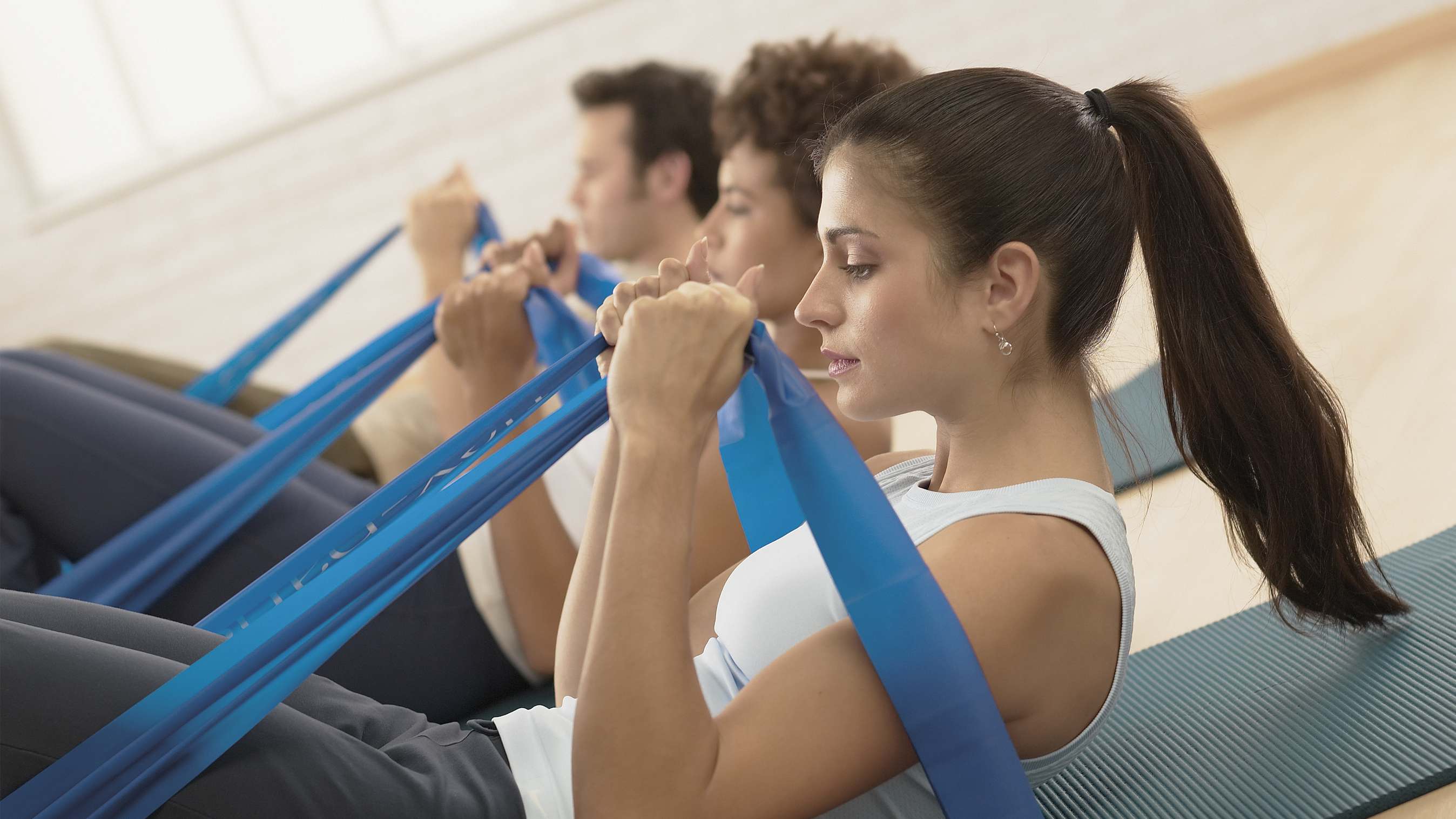Joseph H. Pilates
Joseph H. Pilates
Joseph was the son of the Greek-rooted journeyman locksmith and successful gymnast Friedrich Pilates (April 27th 1859), his mother née Hahn (*May 21st 1860) was a housewife. Joseph was the second oldest of nine children. He suffered from asthma, rickets, and rheumatic fever as a child. Nevertheless, his enjoyment of exercise led to a special awareness of his body at an early age. He began to strengthen his body at a young age and became involved in "kinesiology." In addition to gymnastics, gymnastics, bodybuilding and skiing, he also read about training methods such as yoga and Zen meditation.
He went to England in 1912 and made his living as a professional boxer, circus performer, and as a teacher of self-defense at police schools. He trained Scotland Yard officers in self-defense there. As a German, he was interned at the beginning of the First World War. During this enforced respite, he began intensively to develop his concept of holistic physical training, which he called "Contrology".
He studied yoga, animal movements and taught his fellow prisoners the method he had developed. It is said that these fellow prisoners survived the great influenza pandemic of 1918 due to their good physical constitution. He returned to Germany after the war and worked there with the most important representatives of the "theory of movement". A very close collaboration took place with Rudolf von Laban, a visionary of movement, the body and modern dance. In Hamburg he trained the local police.
"A man is as old as his spine!"
When he was urged to train members of the German army, he turned his back on Germany in 1926 and emigrated to New York, dissatisfied with the political and social conditions in his homeland. Since the physical training he had developed had already gained much recognition on the ballet scene in Germany, he wanted to introduce his method to the American strongholds of dance. On the crossing, he met his future wife Clara, a nurse. In New York, at Rudolf von Laban's suggestion, they took over a boxing and training studio together at 939 Eight Avenue, in the same building as the New York City Ballet. In the USA it is often said that he arrived as the trainer of Max Schmeling, who was also trained by him in his studio until the end of the 1920s (at least this is documented).
Clara Pilates' experience as nurse led to a gentler and more rehabilitative development of his concept. Subsequently, many famous dancers and choreographers were also among her clients, such as Martha Graham, George Balanchine, Hanya Holm and Rudolf von Laban. From this early period and from the common contents, namely the centering and stabilization of the body, the close connection to dance can be explained.
Joseph Pilates worked in a highly individual and creative way. For each individual client he created his own exercise program and even developed new exercises for the corresponding person. Pilates practiced until old age and wrote books about his technique. He died of emphysema in New York at the age of 84 without leaving a will or providing for the succession and continuation of his work. Clara Pilates, considered the more gifted teacher, continued to teach and run the studio until her death ten years later in 1977. The continuation of her ideas was ensured by students who opened their own studios and further developed the method.
Source: Wikipedia

